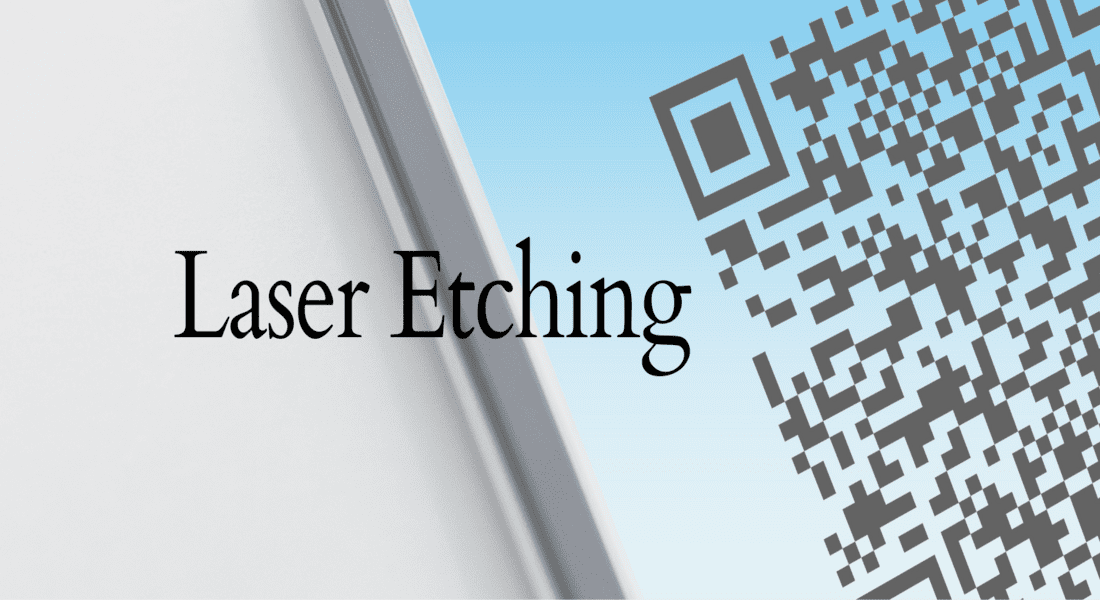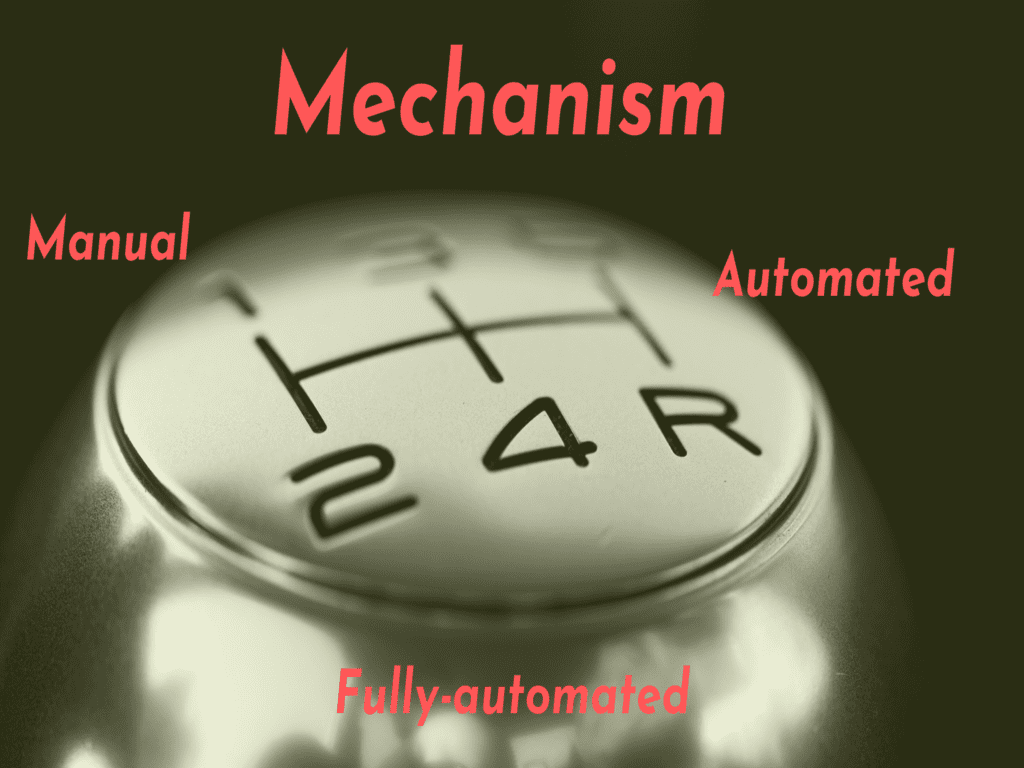
Last Updated on June 6, 2022 by
Laser etching is a subcategory of laser engraving. In the etching process, heat comes from the light beam and melts the material’s surface. This process became famous because of its speed and durability.
With the help of laser engraving and laser annealing, laser etching does its job. But, what are the fundamental distinctions between laser marking, engraving, and etching?.
Laser marking changes the color of the surface, whereas engraving removes a portion of the surface, and lastly, etching melts the material and marks it on the surface.
However, this limited knowledge is insufficient to dig too deep into the laser etching topic. This article will focus on the basics of laser etching, its types, and its techniques.
What Is Laser Etching – Laser Vs. Chemical
Chemical Etching In Brief
What Is Laser Etching?
Process of Laser Etching
Mechanisms and Machines For Laser Etching
Advantages and Disadvantages of Laser Etching
What Is Laser Etching – Laser Vs. Chemical
Laser and chemical etching both remove objects from the material, so people may think they are the same, but they are actually not. You are here to learn about laser etching, so let’s learn a little bit about chemical etching too.
Because it is essential to understand the distinction between them. The whole etching process combines these two types. Here’s a synopsis of these two:
Chemical Etching In Brief
It is a microfabrication process that removes one or more layers of material from the surface of different materials such as wood, cardboard, stainless steel, plastic, marble, stone, tile, glass, anodized aluminum, and engraved plastics.
Furthermore, the laser etching modifies the reflectivity and the difference between any two materials. It is usually the preferred method for precious metallic objects.
There are mainly two types of laser etching available that people use, and they are:
- Dry etching
- Wet etching
Both techniques use corrosion as a highly productive element in the process. The difference is that wet etching needs chemical solutions, while dry etching utilizes gases.
Dry etching is primarily used for circuit-defining steps. On the other hand, wet etching is usually used to clean wafers, and a wafer is a thin slice of semiconductor material. A portion of the wafer is typically protected by an etch-resistant “masking” material, like a photoresist, a hard mask, or silicon nitride, during the etching.
What Is Laser Etching?
What about laser etching, then? There is a difference between chemical etching and laser etching. The main distinction is that chemical etching creates a depth mark, whereas laser etching lightly etches the material surface.
To create the desired pattern on a surface, laser etching employs a narrow beam of laser light. A controller manages the laser and sets the direction, size, and intensity of the beam. A few types of lasers can be used for etching, including gas, diode, solid-state, and others.
Besides that, it can only be done with fiber lasers. This is because etching is a process that uses metals, and it responds better to fiber lasers. The type of laser you require is determined by the type of material, not by the process.
Though you are still not satisfied with the answer, here are a few points :
- Fiberglass has the capability of absorbing high heat.
- Fiber lasers have significantly higher output power than traditional laser markers. As a result, they can complete most implementations very quickly.
Process of Laser Etching
A user may wonder what laser etching is and how it works. We have already mentioned what laser etching is, but if we focus on the process of laser etching, we can say that it works.
The process is far faster than laser engraving and annealing. Higher laser powers can be used to speed up the etching process.
The maximum laser power required for most marking applications is 100W. Whenever necessary, higher power lasers are also available.
For customizing a product, laser etching is the only alternative. Here are some steps of the laser etching process:
- The laser beam produces a lot of heat, which melts the material’s surface.
- The melted material expands and creates a raised mark.
Mechanisms And Machines For Laser Etching
 The laser system is not particularly expensive, with higher prices for manufacturing applications and lower prices for general applications, both of which are capable of serious applications. The level of automation and material also determine the cost.
The laser system is not particularly expensive, with higher prices for manufacturing applications and lower prices for general applications, both of which are capable of serious applications. The level of automation and material also determine the cost.
For laser etching, people used a few types of machines, such as:
- Manual workstation: This setup keeps the laser processing safe
- Semi-automated workstation: This workstation is designed for adjustable laser etching
- Fully – automated workstation: It is applicable for high-volume etching production
Some laser etching machines do not measure any environmental safety. They are usually made of low-cost optical components that produce low-quality markings. But many of them use higher-quality elements that enhance durability, speed, contrast, and precision.
The benefits of laser machines are that they create permanent marks, prevent corrosion, and work on soft and hard surfaces.
Advantages and Disadvantages of Laser Etching
The first advantages of laser etching are that it is cost-effective and that laser etching also enables the production of more intricate patterns, such as images, barcodes, or written information.
It provides a better comparison than machined markings. There are no significant disadvantages to laser etching, but some people may claim it requires a lot of power.
Bottom Line
To conclude, the basics of laser etching are important to learn because, nowadays, product customization demands are increasing. It has become very important to learn about the difference between engraving, marking, and etching.

